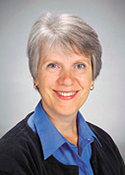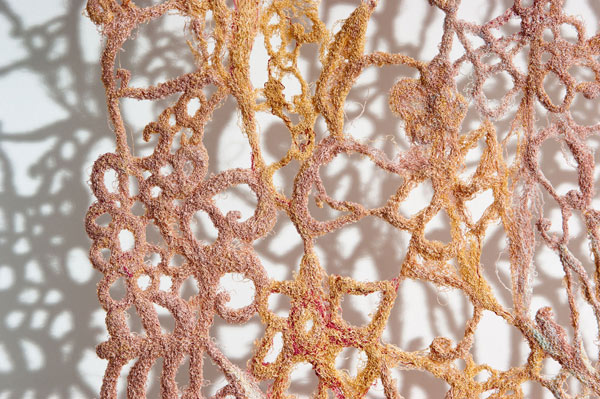-

‘Where does that spark come from?’
Designs for equipping multi-vocational leaders with entrepreneurial skills and a view toward mission took shape as 23 business, mission, pastoral and educational representatives gathered for a three-day consultation in Chicago last fall at the invitation of Anabaptist Mennonite Biblical Seminary (AMBS, Mennonite Mission Network (MMN) and Mennonite Church Canada Witness. In welcoming the participants, AMBS…
-
Living faith: MCI 125
From June 5 to 7, MCI (Mennonite Collegiate Institute) will celebrate 125 years in Gretna, Man., by throwing a party. Given who we are, we are likely to sing a few songs. We will pitch a tent, prepare a feast and tell stories. We will remember classes, athletic fields and musical stages, quonsets and halls,…
-

CMU announces recipient of first Dr. Robert Janzen Memorial Scholarship
Jonah Langelotz has been awarded the first Dr. Robert Janzen Memorial Scholarship by Canadian Mennonite University (CMU). Janzen was particularly interested in the environmental aspects and impacts of agriculture. He pursued his interests through studies at Canadian Mennonite Bible College, the University of Manitoba and the University of Alberta, where he received his doctorate in…
-

EMU alumni win award for counselling service
Paula Weaver had to take a moment to let a substantial blessing sink in. The 1988 social work graduate of Eastern Mennonite University (EMU), Harrisonburg, Va., had just heard that her agency was the winner of the top award from a local organization called 100 Women Who Care. Weaver’s non-profit organization, Archway Counselling Association, received…
-

Sacred space, holy time
On Dec. 13, 2014, Grade 10 church history students had the unique opportunity of experiencing a prayer labyrinth. Patricia Horst Wagler, a pastor and trained labyrinth facilitator, led students and staff in exploring the history of the labyrinth as a Christian tool for prayer. She explained the meaning and symbolism of the shape and various…
-
TWU launches Anabaptist-Mennonite centre
More than 100 guests gathered for the launch of the Anabaptist-Mennonite Centre for Faith and Learning at Trinity Western University (TWU) late last fall. An initiative of the Mennonite Faith and Learning Society, a non-profit organization that promotes Mennonite studies in higher education through the establishment of chairs and research centres at Canadian universities, the…
-

Faithful speech
A letter writer in this issue questions the practice of yoga and doing labyrinths and other types of what she calls “non-biblical meditation and prayer.” “Are these practices of the Bible?” Angela Harder asks rhetorically. “Did Jesus teach us to do these things? In an upcoming edition, another writer asserts that the concept of stewardship…
-

The deadly sin of gluttony
A disturbing cartoon from childhood has stayed with me. In the cartoon, a pig—of course!—was over-eating, stuffing himself from a heavily laden table. At the very end, the pig stood up, pushed himself back from the table and, with a filled-to-bursting gut, took a few wobbly steps. But then he saw just one more thing…
-

‘Metaphors in cloth and clay’
‘Metaphors in cloth and clay,’ a new exhibit at the Mennonite Heritage Gallery, Winnipeg, combines the individual and collaborative work of Winnipeg artists Ingrid Lincoln and Gaëtanne Sylvester. It challenges perceptions of the organic and metaphorical nature of cloth and clay. These two media mirror the organic nature of human DNA, with its great strength…
-
The priority problem
Fewer Christians are reading their Bibles today. Not exactly a news flash. The real question is, why are so many of us no longer reading our Bibles? I think there are three primary reasons:
